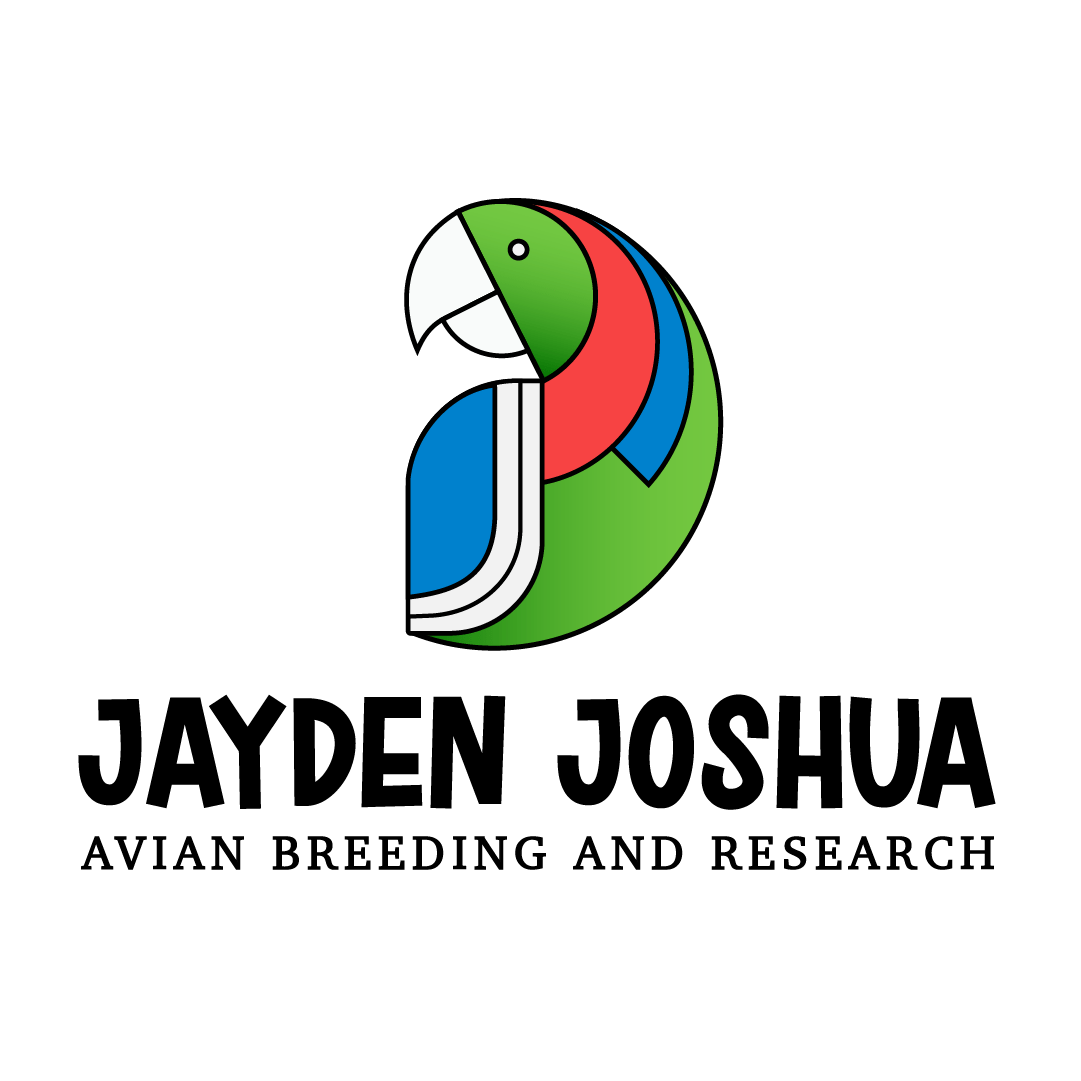
Discover the beauty of rosellas, a vibrant and colorful bird species. Learn about their habitat, diet, and behavior in this insightful guide.Read More
All About Rosella’s
The Rosellas, comprising six species and nineteen subspecies, are colorful parrots hailing from Australia within the Platycercus genus. The term Platycercus denotes “broad-tailed” or “flat-tailed,” highlighting a shared feature among Rosellas and other members of the broad-tailed parrot group.
Different Types of Rosella’s
Eastern Rosella(Platycercus eximius)

This is the most widespread rosellas species, readily identified by the red head, white cheeks, and yellow underparts. Males have a more extensive red coloration compared to females.
Pale-headed Rosella (Platycercus pallidiceps)
As the name suggests, this rosellas species has a pale head with reddish markings on the forehead and nape. Their chest and underparts are light yellow, and the tail is greenish-blue. There are sexual dimorphisms, with males exhibiting more red and blue colors than females.

Western Rosella (Platycercus icterotis)

These rosellas are sexually dimorphic. Males are predominantly red with yellow cheeks and a yellow breast. Females have a mostly green body with some red markings on the head and chest.
Northern Rosella (Platycercus melanogenys)
This rosellas species showcases a black mask around the eyes, along with red and yellow plumage on the head and underparts. The back is green with distinctive black scallops. Both males and females have similar plumage coloration.

Adelaide Rosella (Platycercus adelaidae)

This critically endangered rosellas species is endemic to the Adelaide Hills. They have a pale head with some red markings, a green body with black scalloping on the back, and a yellow belly. Males display more red on the head and chest than females.
Crimson Rosella (Platycercus elegans)
This rosellas species is also endangered and has restricted wild populations. They are easily recognizable by their predominantly red body with a yellow band across the chest and a blue rump. Males have a red head and blue cheeks, while females have a green head and blue lores (area around the beak).

Appearance of Rosella
- Size: Medium-sized parrots, typically ranging from 26-37 cm (10-15 inches) in length.
- Coloration: Vibrant plumage with a variety of colors depending on the species. Common colors include red, yellow, green, blue, black, and white. Each of the six rosellas species has unique color patterns (see “Rosellas Species” below for details).
- Sexual Dimorphism: Present in some rosellas species, with males exhibiting more extensive and vibrant colors compared to females. In other species, both sexes might have similar plumage.
- Beaks: Strong, hooked beaks well-suited for cracking seeds and nuts.
- Tails: Broad and flat, as reflected in their genus name “Platycercus.”
Behaviour of Rosella
- Social Birds: Thrive in social settings and often seen in pairs or small flocks.
- Intelligent and Playful: Known for their playful personalities and enjoy interacting with their companions or toys.
- Foraging: Spend a significant amount of time foraging for food, including seeds, fruits, nuts, flowers, and insects.
- Vocalizations: Can produce a variety of sounds, including chirps, whistles, and screeches.
Habitat of Rosella
- Native to Australia: Found in various habitats across Australia, including forests, woodlands, farmlands, and even suburban areas.
- Island Populations: Some rosellas species also exist on nearby islands.
Rosella as Pet’s
- Popular Choice: Rosellas are popular pet birds due to their beautiful looks, playful personalities, and relatively long lifespans.
- Lifespan: With proper care, they can live for 20-30 years in captivity.
- Care Requirements: If considering a rosella as a pet, it’s vital to understand their needs, which include spacious enclosures, a balanced diet, and regular opportunities for socialization and mental stimulation.
Want to learn more about Cockatiel? Check out our blog post!

Subscribe to our newsletter!


